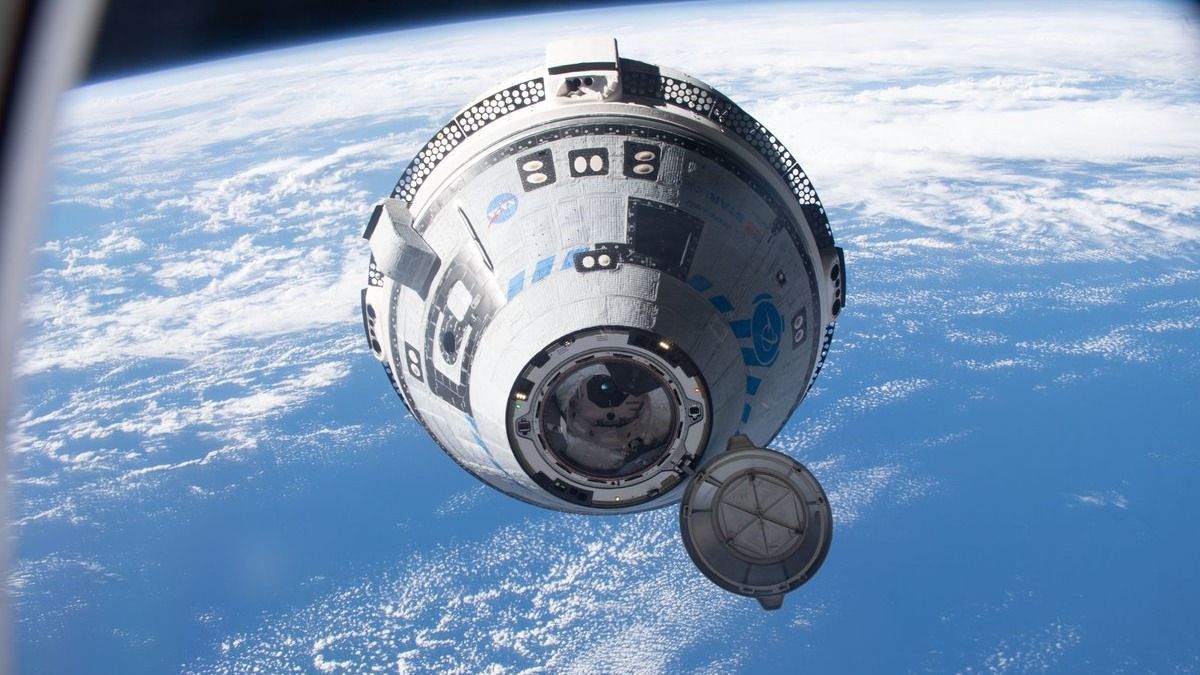BEIJING, Dec 7(Reuters) – China’s exports grew for the first time in six months in November, suggesting factories in the world’s second-largest economy are attracting buyers through discount pricing to get over a prolonged slump in demand.
Mixed manufacturing data for November has kept alive calls for further policy support to shore up growth but also raised questions about whether predominantly negative sentiment-based surveys have masked improvements in conditions.
Exports grew 0.5% from a year earlier in November, customs data showed on Thursday, compared with a 6.4% fall in October and beating the 1.1% drop expected in a Reuters poll. Imports fell 0.6%, dashing forecasts for a 3.3% increase and swinging from a 3.0% jump last month.
“The improvement in exports is broadly in line with market expectations… sequential growth in China’s exports in the past few months has strengthened,” said Zhiwei Zhang, chief economist at Pinpoint Asset Management. “There are green shoots in other Asian countries’ export data as well in recent months.”
The Baltic Dry Index, a bellwether gauge of global trade, climbed to a three year high in November, supported by improved demand for industrial commodities, particularly from China.
South Korean exports, another gauge of the health of global trade, rose for a second month in November, buoyed by chip exports, which snapped 15 months of declines.
Trade with China’s major peers also painted a rosy picture, with exports to United States, Japan, South Korea and Taiwan all up on October.
DISCOUNTED EXPORTS
In the short run, however, the pressure on Chinese manufacturers show little sign of easing off completely.
China’s official purchasing managers’ index (PMI) last week showed new export orders shrank for a ninth consecutive month, while a private sector survey highlighted the struggles of factory owners to attract overseas buyers for a fifth month.

An aerial view shows containers and cargo vessels at the Qingdao port in Shandong province, China May 9, 2022. Picture taken with a drone. China Daily via REUTERS/File Photo Acquire Licensing Rights
“While the level of export volumes hit a fresh high, (they were) supported by exporters reducing prices,” noted Zichun Huang, China economist at Capital Economics.
“We doubt this robustness will persist,” Huang cautioned, “as exporters won’t be able to continue cutting prices for much longer.”
Factory gate prices in the official PMI contracted for a second month in November, while input costs expanded for a fifth straight month.
Still, some analysts point to quicker-than-expected growth in the third quarter and a run of mostly upbeat data from October to argue that recent hard data paints a less gloomy picture of the economic health of the Asian giant than the sentiment-based surveys. The hard data also suggest the support measures trickling out of Beijing since June have had some effect, they say.
“The data shows overseas demand is stronger than we thought and domestic demand is weaker than we thought,” said Dan Wang, chief economist at Hang Seng Bank China. “The biggest export items are still electrical machinery and cars, so demand in Europe and Russia will have bolstered outbound shipments.”
UNEVEN RECOVERY
Analysts say it is too early to tell whether the recent policy support will be enough to shore up domestic demand and how sustainable any uptick in overseas demand is, with property, unemployment and weak household and business confidence threatening a sustainable rebound at home.
The International Monetary Fund in November upgraded its China growth forecasts for 2023 and 2024 by 0.4% percentage points each, but that came from a lower base. And Moody’s on Tuesday slapped a downgrade warning on China’s A1 credit rating.
The Chinese markets seemed to reflect that cautiousness, with the yuan easing against the dollar after the data, while country’s blue chip CSI300 stock index fell 0.44% and Hong Kong’s Hang’s Hang Seng lost 1.46%.
China’s crude oil imports in November fell 9.2% year-on-year, the first annual decline since April as high inventory levels and poor manufacturing activity took their toll on demand for products such as diesel. But iron ore imports climbed slightly last month.
“While export demand improved, it is unclear if exports can contribute as a growth pillar into next year,” Pinpoint Asset Management’s Zhang warned.
“The European and United States economies are cooling. China still needs to depend on domestic demand as the main driver for growth in 2024.”
Reporting by Joe Cash
Editing by Shri Navaratnam
Our Standards: The Thomson Reuters Trust Principles.

Jessica Roberts is a seasoned business writer who deciphers the intricacies of the corporate world. With a focus on finance and entrepreneurship, she provides readers with valuable insights into market trends, startup innovations, and economic developments.

/cloudfront-us-east-2.images.arcpublishing.com/reuters/WDRPQRKUU5N6XFYPIZ7VVS7A7I.jpg)







